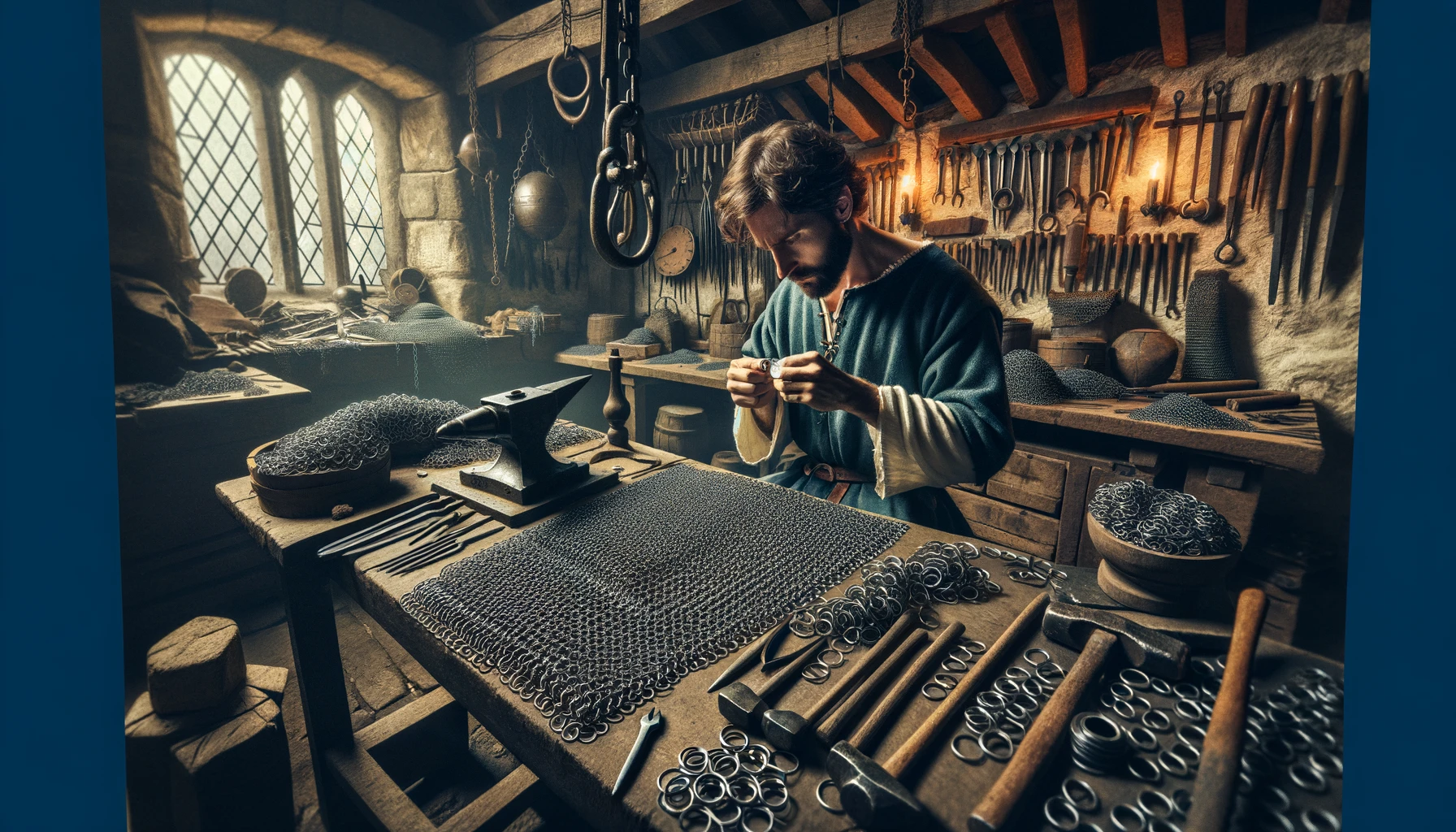chain mail
History and Evolution of Chainmail
Chainmail has been a key piece in the history of medieval armor, offering a combination of flexibility and protection. Originating in the ancient Roman armies, its design was perfected over the centuries. Soldiers valued the mobility it provided, allowing them to remain agile on the battlefield without sacrificing safety.
As battle techniques evolved, chainmail adapted. Lighter and more durable materials were introduced, allowing warriors to denote their social status and role in the army. Over time, the use of chainmail spread to different cultures, including the Viking warriors, who integrated their own variations into their combat attire.
Features and Types of Chainmail
Chainmail is primarily known for its construction of interconnected metal rings, which provides effective protection against cuts and blows. There are different types of chainmail, each designed for various purposes and combat styles. Some lighter versions are ideal for mobility, while others are robust and offer great impact resistance.
Some models feature riveted rings that ensure greater durability, while others use flat rings to reduce total weight. There are also versions that combine materials such as steel and aluminum, providing different levels of protection and comfort.
Use in Historical Recreations
The interest in medieval history has led to a resurgence in the use of chainmail at historical recreation events and fairs. Many enthusiasts seek to dress in armor that faithfully represents their era, and chainmail is a central element in these outfits. Besides its authentic appearance, its functionality allows participants to enjoy physical activities without restriction.
Medieval fairs, simulated battles, and fighting events are perfect opportunities to showcase this armor. When choosing chainmail for recreations, it is crucial to consider comfort and fit to ensure that participants can move freely and enjoy the experience.
Care and Maintenance of Chainmail
Maintaining chainmail is vital to prolong its lifespan. It is advisable to clean it after each use, especially if it has been exposed to moisture or dirt. A common method for cleaning the rings is to use a soft brush and soapy water, ensuring that no residues are left that could cause corrosion.
Lubrication is also important. Applying specialized oil to the metal components will help prevent rust and maintain flexibility. When storing chainmail, it is best to do so in a dry and ventilated place, avoiding drops or damage that could compromise its structural integrity.
Chainmail in Popular Culture
Chainmail has occupied a prominent place in popular culture. From period films to video games, the visual elements of chainmail evoke the medieval era and its epic battles. These media not only entertain but also spark interest in the history and craftsmanship related to armor making.
Costume designers in film and theater use chainmail to create characters that symbolize bravery and resilience. This representation has fostered a resurgence of interest in history and medieval garments, leading to increased demand in the market for related items.
What is chainmail and what is it used for?
Chainmail is a form of armor made of interlinked metal rings, primarily used in the Middle Ages to protect warriors. Its design allows for high mobility while offering notable protection against cuts and blows. Today, chainmail is used in historical recreations, medieval fairs, and in the realm of cosplay.
What is the best way to care for chainmail?To keep chainmail in optimal condition, it is essential to clean it after each use. It is recommended to use a soft brush with soapy water to remove dirt and moisture. Additionally, it is advisable to apply a light oil to the metal parts to prevent rust and ensure flexibility. Storing it in a dry and ventilated place also helps extend its life.
Is chainmail heavy?The perception of the weight of chainmail depends on its design and materials. More modern versions use lighter metal, reducing the total weight. However, it is important to recognize that all armor has significant weight that, while it can be uncomfortable initially, becomes more tolerable over time and with practice.
What types of events require the use of chainmail?Chainmail is common at historical recreation events, medieval fairs, and fighting competitions. These events seek to faithfully represent medieval life and combat, and chainmail is an essential component for participants who desire authenticity in their costumes. Additionally, it is used in film and theater productions to provide a realistic touch to combat scenes.
Is it possible to wear chainmail as daily clothing?Although chainmail offers interesting protection, it is not practical for daily wear. Its weight and the need for constant maintenance make it more suitable for specific events. However, its use in recreational or performance contexts is where it truly shines, allowing users to experience history in an immersive way.
What advantages does chainmail offer over other types of armor?One of the main advantages of chainmail is its flexibility, which allows warriors to move with agility. Unlike more rigid armors, chainmail conforms more comfortably to the body, allowing for greater freedom of movement. Additionally, its ability to deflect cuts makes it a popular choice among medieval warriors.
Where can I learn more about the history of chainmail?There are numerous resources available for those interested in the history of chainmail. Books, documentaries, and websites specializing in medieval history offer detailed information about its evolution, use, and manufacture. Additionally, visiting museums that house exhibitions on weaponry and armor can provide valuable insights into this fascinating aspect of history.
Explore our incredible selection of chainmail and discover how you can add an authentic touch to your medieval wardrobe or historical recreation. Browse our online store and find the best option for you, history awaits!






























































































































